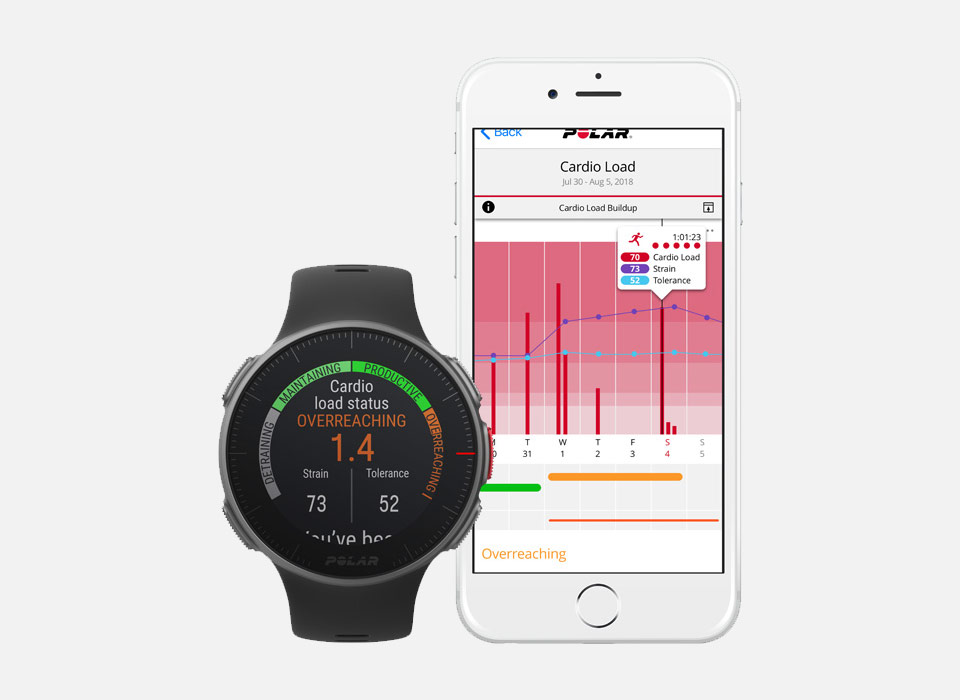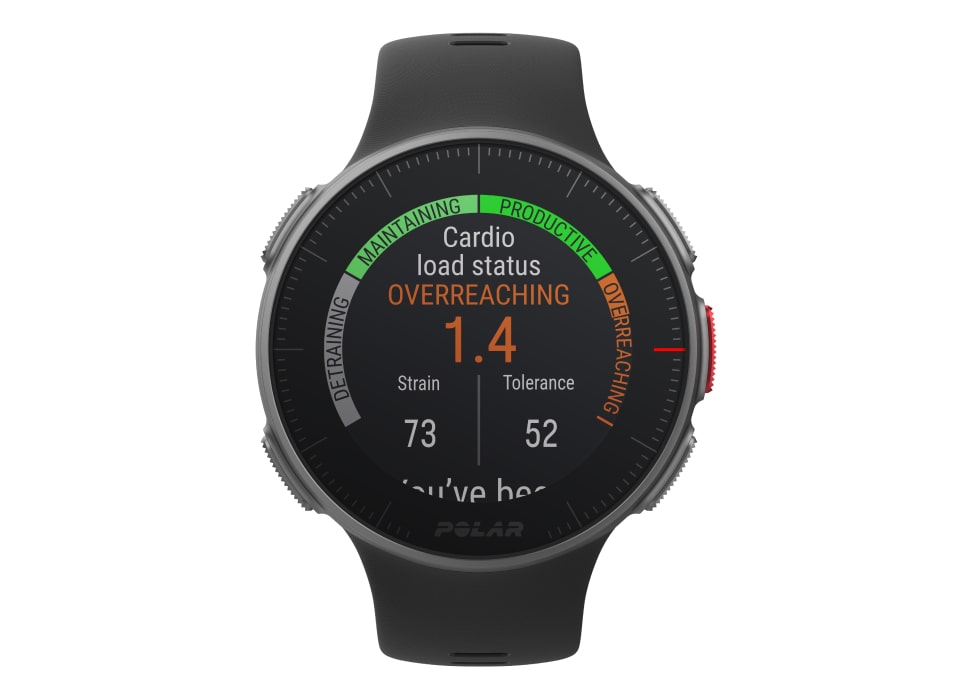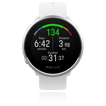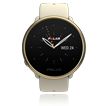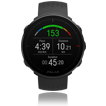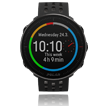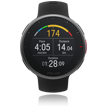Training Load
When you train, the different systems of your body get strained. Training Load Pro™ provides a holistic view on how your training sessions strain these different systems. It measures both the internal and external load of your training sessions – internal load refers to the effort required to do the session, whereas external load measures the work you accomplish.
Training Load Pro™ gives you a training load level for both your cardiovascular and your musculoskeletal system (Cardio Load and Muscle Load), and also takes into account how strained you feel (Perceived Load). Cardio Load and Perceived Load make up the internal load of your workout and Muscle Load quantifies the external load.
You get a numerical value and a visual bullet scale for each training load. The bullets take into account your training history and indicate how hard a training session was compared to your session average from the past 90 days.
Cardio Load
Your Cardio Load value tells you how much strain your training session has put on your cardiovascular system. It is calculated after every workout from your heart rate data.
Your Cardio Load is calculated as training impulse (TRIMP), a commonly accepted method to quantify training load.
Muscle Load
Muscle Load is calculated from your power data, so you’ll get a Muscle Load value for running and cycling workouts with a power meter (if you’re using Polar Vantage V, you don’t need a power meter for running). Muscle Load tells you how much your muscles were strained during your training session. Muscle Load helps you quantify your training load in high-intensity training sessions, such as short intervals, sprints and hill sessions, when your heart rate doesn’t have enough time to react to changes in intensity. It can also measure both aerobic and anaerobic work, whereas heart rate can quantify aerobic work.
Muscle load shows the amount of mechanical energy (kJ) that you produced during a running or cycling session. This reflects your energy output (instead of the energy input it took you to produce that effort). In general, the fitter you are, the better the efficiency between your energy input and output.
Perceived Load
Perceived Load is a value that considers your own subjective experience of how demanding your training session was.
Recent research emphasises the role of subjective feeling to define training load. Listening to your body is important and the combination of both your subjective feeling and objective load measurements helps you get the best understanding of your total training load.
Your Perceived Load is quantified with Rate of Perceived Exertion (RPE), a commonly accepted method to subjectively quantify training load. Your RPE is then multiplied with the duration of your session.
Strain & tolerance
In addition to the training load from individual training sessions, you can follow your strain and tolerance and the relation between them.
Strain shows how much you have strained yourself with training lately. It's based on your Cardio Load, and it shows your average daily load from the past 7 days.
Tolerance describes how prepared you are to endure cardio training. It shows your average daily load from the past 28 days. To improve your tolerance for cardio training, slowly increase your training over a longer period of time. The higher your tolerance is, the more training your body can tolerate.
Your Cardio Load Status looks at how your Strain compares to your Tolerance and estimates how your training is impacting your body.


